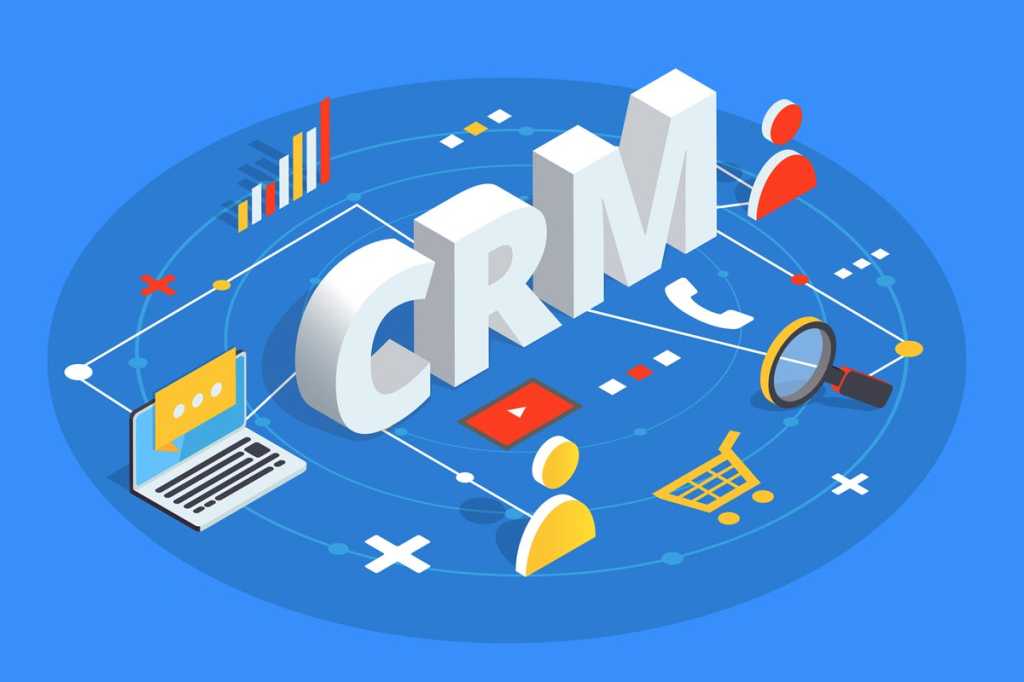(CRM) Customer Relationship Management tools like Microsoft Dynamic Crm are becoming more pivotal in enhancing sales efficiency in today’s business environment. They offer multifaceted benefits that streamline the sales process, improve customer relationships, and drive sales growth. Here’s a detailed exploration of the role of CRM tools in improving sales efficiency:
Centralized and Secure Database:
CRMs provide a secure and centralized location for storing customer data. This consolidation eliminates the need to switch between multiple platforms to access necessary data, allowing sales teams to focus more on driving sales.
Identifying Sales Trends and Patterns:
CRM tools are instrumental in identifying sales trends and patterns through reports, charts, and graphs. This visual representation of data helps reoptimize campaigns and focus on successful strategies, thereby making sales efforts more effective.
Understanding Customer Needs:
CRM systems enable businesses to understand customers’ interests and pain points by analyzing customer data. This understanding allows for targeted sales efforts, increasing the effectiveness of these efforts.
Customer Segmentation:
CRMs improve customer segmentation by identifying common characteristics among customers and dividing them into groups based on these traits. This segmentation allows for more personalized and effective sales tactics.
Direct Communication with Leads:
CRM platforms facilitate direct communication with leads through integrated featusures like email marketing. This capability streamlines the process of sending marketing strategy, materials and analyzing results.
Automation of Repetitive Processes:
CRM tools automate many day-to-day tasks, such as sending emails, migrating data, and compiling reports, saving time and allowing sales teams to focus on more strategic tasks.
Connecting with Ideal Customers:
CRMs assist in prioritizing and nurturing leads and prospects, helping sales teams quickly reach key decision-makers and create targeted engagements.
Proactive Customer Relationship Management:
CRM systems aid in building trust-based relationships with customers by providing a complete view of their history with the company. This leads to more relevant and tailored engagements.
Reducing Sales Costs:
By providing visibility into upsell, cross-sell, and renewal opportunities within the existing customer base, CRMs help reduce the cost of acquiring new customers and increase repeatable sales.
Increasing Employee Productivity:
Automating manual operations like data entry and CRM frees sales teams to focus on customer interactions and relationship building, enhancing overall productivity.
Delivering Better Customer Service:
CRM systems enable consistent and personalized interactions across departments, building trust and encouraging repeat business.
Improving Customer Retention:
By providing visibility across all customer relationships, CRM tools enable teams to address at-risk accounts proactively and seize opportunities to satisfy and retain customers.
Enhanced Lead Scoring:
CRM systems often include lead scoring mechanisms, which help sales teams prioritize leads based on their likelihood to convert. This enables a more focused approach to sales, ensuring that the most profitable leads are pursued first.
Integration with Social Media Platforms:
Modern CRM tools often integrate with social media platforms, allowing sales teams to engage with customers and prospects on their preferred platforms. This integration can reveal valuable insights into customer preferences and behaviours, which can be leveraged for more effective sales strategies.
Customizable Sales Pipelines:
CRM solutions allow for the customization of sales pipelines, enabling businesses to tailor the sales process to their specific needs and workflows. This customization can lead to a more organized and efficient sales process.
Mobile Accessibility:
With the increasing use of mobile devices, many CRM platforms offer mobile accessibility, allowing sales teams to access important customer information and perform CRM tasks on the go. This increases the flexibility and responsiveness of the sales force.
Real-Time Analytics and Reporting:
CRM tools provide real-time analytics and reporting capabilities, offering immediate insights into sales performance, customer service or interactions, and market trends. This real-time data can be used to make quick, informed decisions to boost sales effectiveness.
Collaboration Tools:
Many CRMs include collaboration tools facilitating communication and teamwork within sales teams and departments. These tools can improve the coordination of sales efforts, ensuring everyone is aligned and informed.
Training and Onboarding Features:
Some CRM systems include features to assist in the training and onboarding new sales staff, such as guided workflows and instructional content. This can speed up the ramp-up time for new employees, contributing to a more efficient sales operation.
Predictive Sales Forecasting:
Advanced CRM tools often incorporate predictive analytics, which can be used for accurate sales forecasting. This predictive capability helps sales teams to plan and allocate resources more effectively, potentially leading to increased sales and revenue.
Compliance and Regulation Management:
CRM systems can help businesses adhere to various compliance and regulatory requirements by maintaining records of customer interactions and transactions. This aspect is particularly vital in industries with stringent regulatory standards.
Feedback and Survey Integration:
Some CRM platforms allow the integration of customer feedback and survey tools. This enables businesses to collect and analyze customer feedback directly through the CRM, providing valuable insights that can be utilized to enhance products, services, and sales strategies.
In Summary
CRM tools play a vital role in the modern sales landscape. They boost sales efficiency by offering a centralized database, identifying trends, understanding customer needs, segmenting customers, facilitating direct communication, automating repetitive tasks, connecting with ideal customers, proactively managing relationships, reducing sales costs, and increasing revenue.
